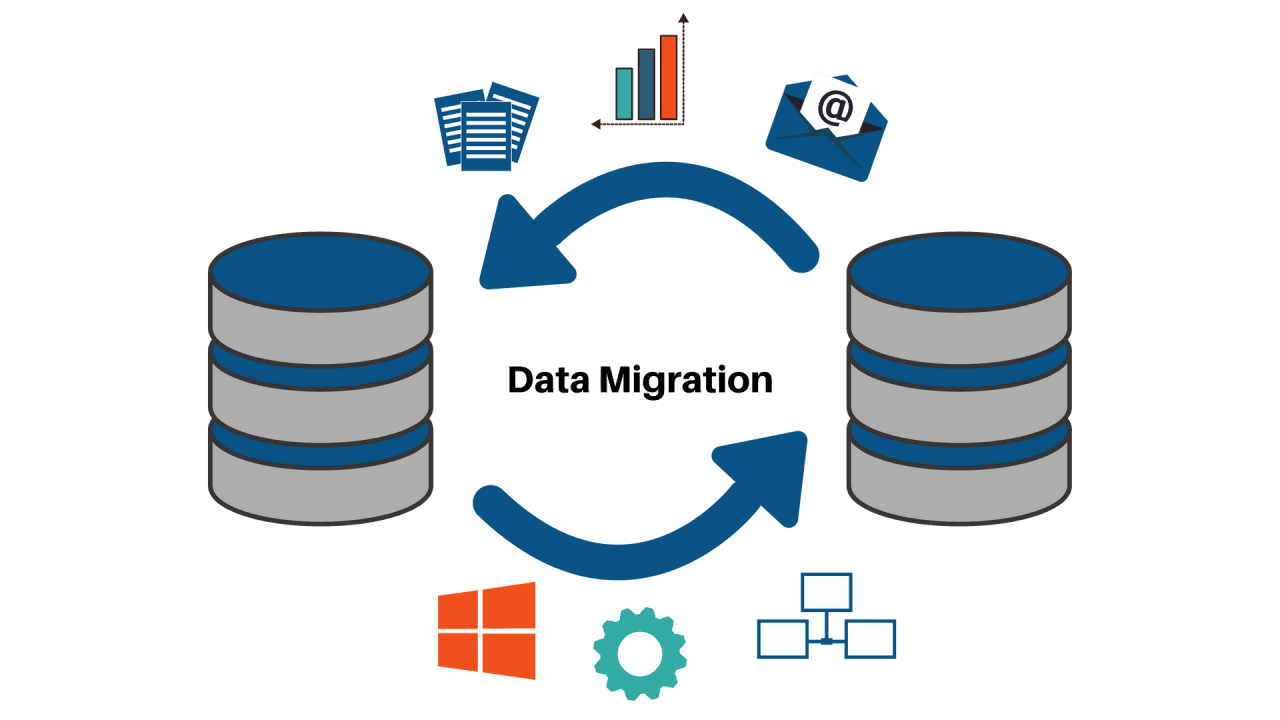Data migration planning and testing
What is data migration?
Data migration is the process of transferring data from one system to another. This can be a difficult process, depending on the size and complexity of the data. In order to ensure a smooth transition, it’s important to plan ahead and make sure that the new system is ready to handle the influx of data.

There are several steps involved in data migration, including:
1. Preparing the data for transfer – This involves ensuring that the data is in a format that can be used by the new system.
2. Extracting the data – This involves extracting the data from the old system and putting it into a format that can be used by the new system.
3. Loading the data – This involves loading the data into the new system.
4. Validating the data – This involves ensuring that the data has been transferred correctly and is in the correct format.
5. Maintaining the data – This involves keeping the data up-to-date in both systems.
Data migration can be a complex process, but it’s important to ensure that all data is transferred correctly. By following these steps, you can make sure that your data is migrated smoothly and without any errors.
How to plan for data migration?
A data migration plan is essential for a successful data migration. Without a plan, there is a greater risk of data loss or corruption. The following are some tips for creating a data migration plan:
1. Establish the goals of the data migration. What needs to be migrated and why?
2. Establish the criteria for success. What will indicate that the data migration was successful?
3. Gather all the required information. This includes the source and target systems, as well as the data to be migrated.
4. Create a timeline for the migration. This should include both the planning and execution phases.
5. Identify potential risks and develop strategies to mitigate them. These could include data loss, data corruption, or downtime.
6. Test the migration plan before executing it. This will help to identify any potential issues and allow for corrections to be made.
7. Execute the migration plan and monitor its progress. This includes verifying that the data has been migrated successfully.
8. Post-migration, review the results of the data migration. This helps to identify any lessons learned that can be applied to future data migrations.
What is data migration testing?
Data migration testing is the process of verifying that the data in a source system has been accurately migrated to a target system. This process can be used to ensure that data is properly replicated during a system upgrade or to test a new data processing pipeline. Data migration testing can also help identify and correct any errors that may have been introduced during the migration process.
The goal of data migration testing is to verify that the data in the source system has been accurately replicated in the target system. This can be done by comparing the data in each system, by running reports or analytics on the data, or by performing other tests as needed. Any discrepancies between the source and target systems should be identified and corrected before the migration is finalized.
Data migration testing is an important part of any data migration project, as it can help ensure the accuracy of the data and prevent any problems from occurring after the migration is complete. By taking the time to test the migration process, you can help ensure a successful transition to the new system.
Feel free to contact Rotherham Apps if you want to continue the discussion about data migration planning and testing.
